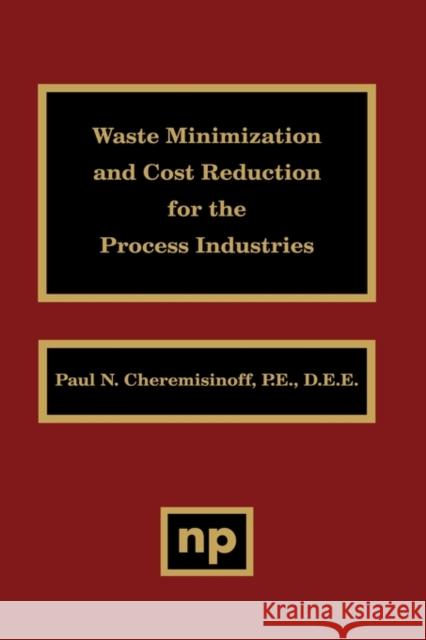Waste Minimization and Cost Reduction for the Process Industries » książka
Waste Minimization and Cost Reduction for the Process Industries
ISBN-13: 9780815513889 / Angielski / Twarda / 1995 / 348 str.
The purpose of this book is to provide a base of information and analysis to assist in implementation of the policy of reducing and/or minimizing hazardous waste generation in manufacturing and more specifically in the process industries. What is the significance of reducing the generation of all process wastes? This book examines the technical nature of waste reduction and the extent to which waste reduction can likely be implemented. Also explored is the extent to which technology itself, as well as information and resources, is a barrier to waste reduction. In what ways are waste reduction decisions dependent on specific circumstances? Can the amount of feasible waste reduction be estimated?
Auditing of manufacturing and unit operations and processes are particularly significant and useful in the chemical process industries (food, pharmaceuticals, chemicals, fertilizer, petrochemicals, etc.) since it is estimated that these industries account for more than half of the hazardous wastes generated. This book presents a compilation of complete information on potential sources of waste loss or generation through technical inspection. Also presented are calculation methods for determining air-waste-solid wastes material balances, informational requirements and waste reduction analysis.
The reader should find the book useful in the areas of auditing and waste minimization. It is replete with useful information as well as specific case histories, which should make it a practical tool for the user.











